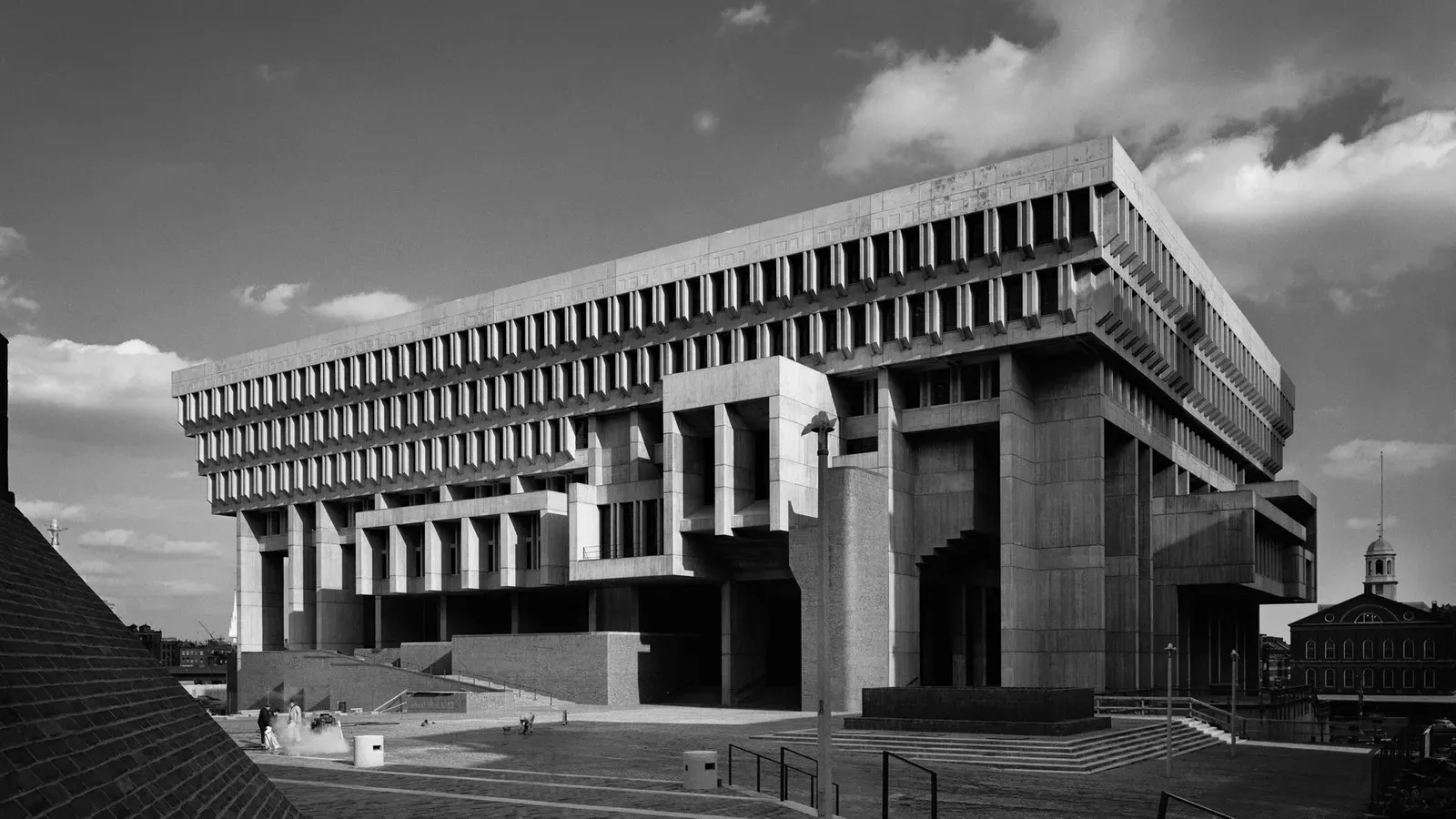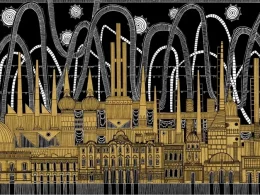More than an apology for a detested architectural movement, it is the case of man’s profound existential state, because brutalism reflects the heaviness inherent in the human condition.

Beauty is convenient but it is also an illusion. It masks the truth if there is any. If none, it certainly casts a shadow over reality.
And if the beauty is in the art, or for that matter, in design, it may speak of a higher truth which a common eye often fails to get, yet still, it is not acquitted of the sin of perverting reality. Beauty always proclaims to have a transcendent value and meaning within its obscurity, which is sometimes mistaken to be superior to a person’s trifling experiences of life.
So when Brutalism is marginalized in architectural design history for being too ugly and sore to the human eye, we must ask if the judgment is based on its failure to fulfill our aesthetics standards or because it is a kind of style that is too honest, raw and stripped to its bare bone that it cannot be accused of deception against our own trifling reality?
Maybe Brutalism is the exact representation of what our lives are like, unadorned, rough and rugged, dark, cold, imposing and soulless. And the aversion comes from our reluctance to admit life as it truly is.
However, such nihilism was not the underlying philosophy of brutalism; instead it aspired to create urban utopia by emphasizing “functionality, honesty, and social purpose.” Without exaggeration, brutalism may be one of the few design movements that ended up embodying precisely the opposite of its original ambitions. Yet succeeded in documenting what 20th-century man had become “a grandiose ruin.”

Brutalism fell out of fashion after its brief popularity in the 1950s till the 70s. The style, although characterized by the use of raw concrete, monumental and cuboid shapes, and massive structures, was a conscious departure from the decoration and elegance of pre-War Art Deco and other modernist architectural styles, particularly Bauhaus.
Here, the keyword is a conscious departure- following WWII, the urban infrastructures in Europe were destroyed, which pushed designers to adopt Brutalist architecture to quickly construct large-scale urban developments using minimal and cheap resources.
But unconscious withdrawal came with the realization that man’s existence is absurd and precedes any meaning and purpose, thus worthless in the grand scheme of things.
This perspective on life was quite popular, and resonated with post-war modernist philosophers and dramatists, but not with the principles of design. That’s why, despite designers’ attempts to create with noble objectives could not avoid reflecting the prevailing sentiment of that period.
Among all design philosophies, Brutalism stood out as the most unquestionably logical choice. After experiencing the horrors of life, what would a person seek?
Detailed, ornamented structures screaming the elegance and magnificence of human existence, or a grayscale, unembellished buildings that serve as a perpetual reminder that in the larger context of the universe, humans have minimal to no influence, and external forces will always assert their dominance over them?
Of course, the latter.
This is the reason Brutalism, besides being ugly, is hostile and bears the label of the architecture of totalitarian and communist regimes.
Brutalism’s utilitarian and imposing design made it suitable for governmental structures. But instead of optimism as they intended, they project that I, your state, am mighty and all-powerful, you, the citizens, are small and insignificant. Brutalist buildings communicate a sense of hostility on behalf of the aggressive states.

And this is the mistake states or people with authority make when they try to fill the vacuum created by the absence of meaning with their own shoddy goals and purposes instead of letting people make peace with and celebrate the meaninglessness of life.
Brutalist architecture was supposed to mirror the benign unknown against our own tiny presence and not become a facade for authoritarian illusions and pretentious assertions of hostility, power, and control.
Man can cope with dystopia as long as it does not represent itself as a utopia and intensify the anguish of disillusionment. Because the pain of disillusionment is more horrific than the blunt acknowledgment of life’s senselessness.
Nonetheless, if stripped of its political interpretations, brutalist design is best in its forms and function both, if the function is the conscious acceptance of the indifferent universe.
In recent years, Brutalist buildings, especially in Britain, have been subjected to demolitions, apparently for reasons such as being too inhuman to live in, too ugly to look at, too monumental to be functional, too simple and decayed to be deceptive.
But the underlying reason could be that anything that reminds us that our existence is devoid of idealism or deceptive aesthetics and that it is characterized by its decayed and unadorned reality ultimately necessitates destruction.
The demolition of Brutalism is a contemporary reinterpretation and subversion of the Bonfire of the Vanities; an event in the 15th century that unfolded when the puritanical friar Girolamo Savonarola condemned paintings, books, and other forms of art as luxurious distractions from God, religion, and divine truth. He advocated for their destruction to restore moral purity and religious devotion.
Today, the assumption is that the destruction of Brutalism would restore our false sense of comfort, order, and aesthetic conformity, regardless of the presence of the overarching chaos in our lives. Should we call it the Bonfire of Realities?
Nonetheless, Brutalism might be dead in design and architecture but it is and will be very much alive in our bare existence with its stark reflection of eventual decay.













